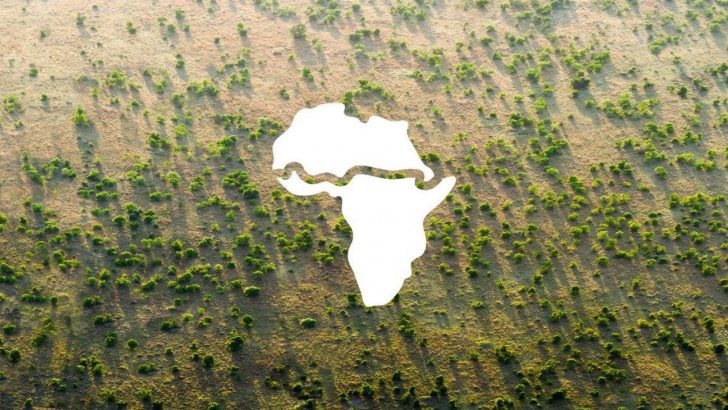Tall Grass: Stories of Suffering & Peace in Northern Uganda
by Carlos Rodríguez Soto (Fountain Publishers, Kampala, Uganda, £23.00pb; available via Amazon)
The author, a Spanish priest, is a member of the Comboni Missionary Society. He served for 25 years in the society’s mission in Northern Uganda.
Apart from three years in Kampala, editing a diocesan magazine, he spent the rest of that time ministering in the territory of the Acholi people, whose territory is served by the Archdiocese of Gulu.
On the invitation of Archbishop John Baptist Odama, Soto became a member of the archdiocese’s Commission for Justice and Peace. Thereafter he was seldom far from the work of the commission.
Violence and communal strife are no strangers to Uganda. A few years after the British vacated the Protectorate in 1962, Dr Milton Obote took control of the country in a violent coup.
He in turn was ousted by his military commander, Idi Amin, in 1971. Arguably the worst of recent African dictators, he is regarded as having been complicit in the deaths of over 300,000 men, women and children.
In due course he was again replaced by Obote. Yoweri Museveni, the current president of Uganda, launched a bush guerrilla war against the Obote government in 1981 and took over the country in 1985. According to human rights organisations, Museveni’s campaign caused the deaths of 300,000 men, women and children – equalling Amin’s death toll!
Opposition to Museveni and his government was soon centred in the region most ravaged by him and his followers. It prompted the rise of a bizarre, rebel army with a charismatic leader, Joseph Kony. It became known as the Lord’s Resistance Army (LRA), when Kony and his followers proclaimed that they were fighting for “The Lord: the Ten Commandments and Christianity”.
Proclamations
Notwithstanding their proclamations, from 1986 onwards they committed appalling atrocities on the civil population. Not the least of these was the abduction of 16,000 children, forcing the boys to join the LRA and the girls to be its sex-slaves.
Within a year of the outbreak of the civil war Fr Soto and Archbishop Odama, with tribal leaders, were exploring ways of ending it. They made contacts with representatives of Kony’s army but on each occasion Museveni’s government and army thwarted their efforts.
The role of the government of neighbouring Sudan in the civil war in Uganda was also sinister. Owing to a dispute between Uganda and Sudan, the Sudanese provided safe havens and extensive military and logistical support to the LRA. Eventually, after the dispute between Uganda and Sudan was settled and owing to international pressure, there were more intense efforts to end the civil war.
In detailing the various peace efforts to end the civil war, Soto highlights the role of Betty Bigombe, diplomat and one time member of Museveni’s government. But for him the key figure in facilitating the end of the war was Archbishop Odama. Fearlessly, time and time again he went into the bush to meet representatives of the unpredictable and murderous LRA.
Troubling book
This is a troubling book. It describes the slaughter of hundreds of thousands of men, women and children and the savagery and pain involved therein. The abuse, cruelty and terror inflicted on children during the Uganda civil war were unprecedented. One of the cruellest and destructive wars ever to take place in Africa, it was largely ignored by the world’s media.
Thus thanks are due to Fr Soto for this monograph of monumental contrasts which depicts the awfulness and cruelty of war and the courage, determination and humanity of those striving for justice and peace.



